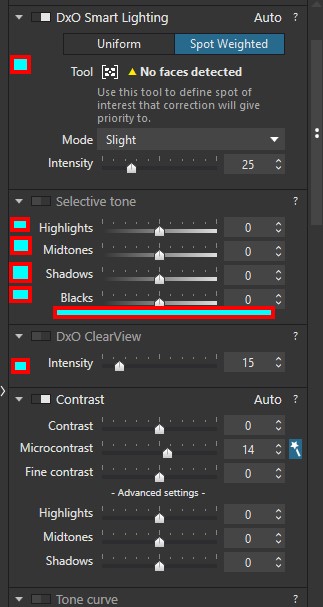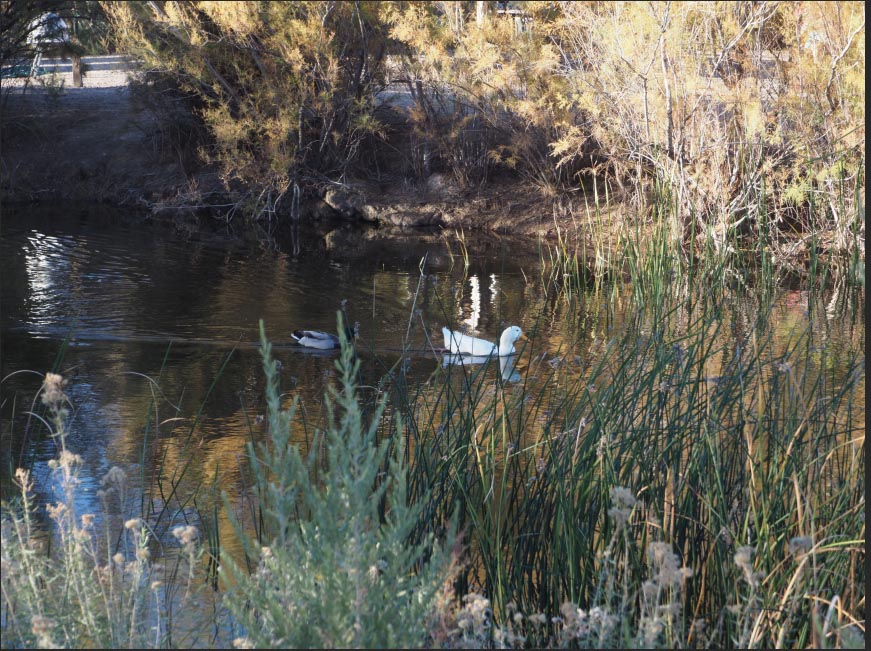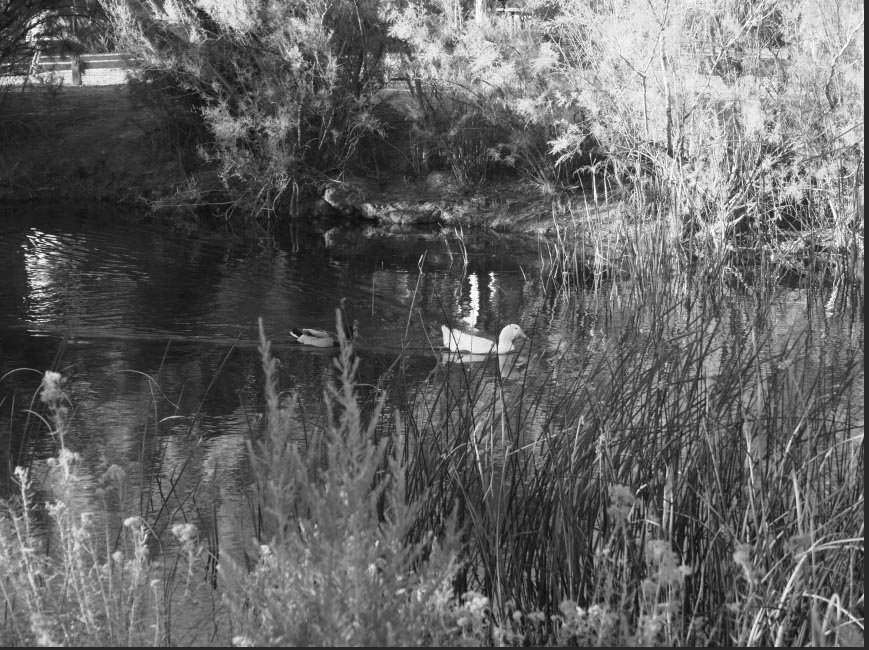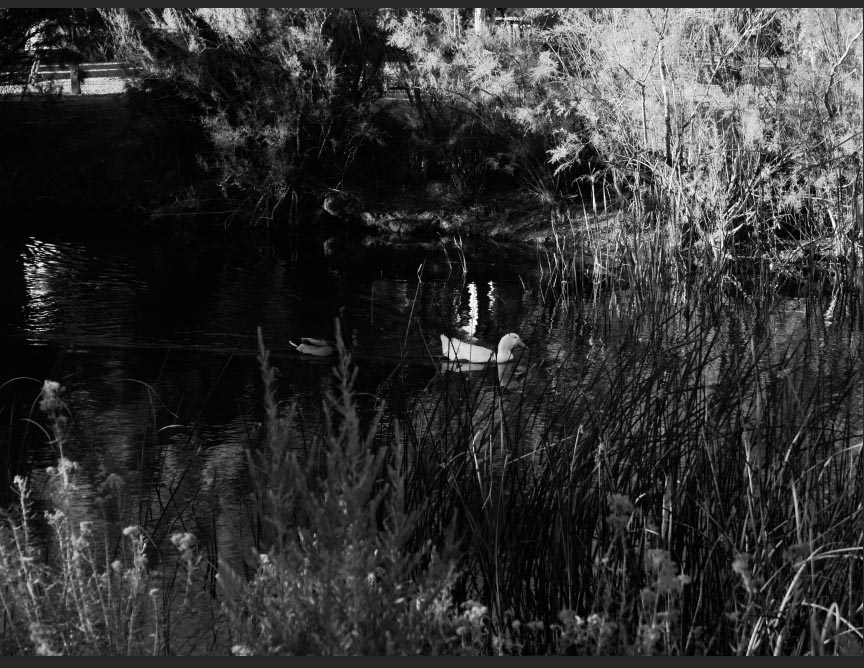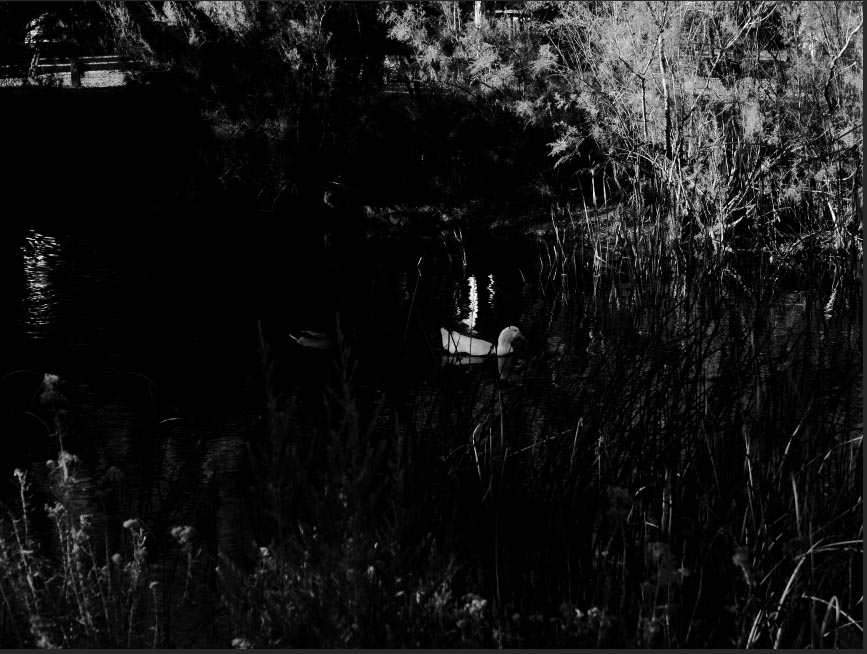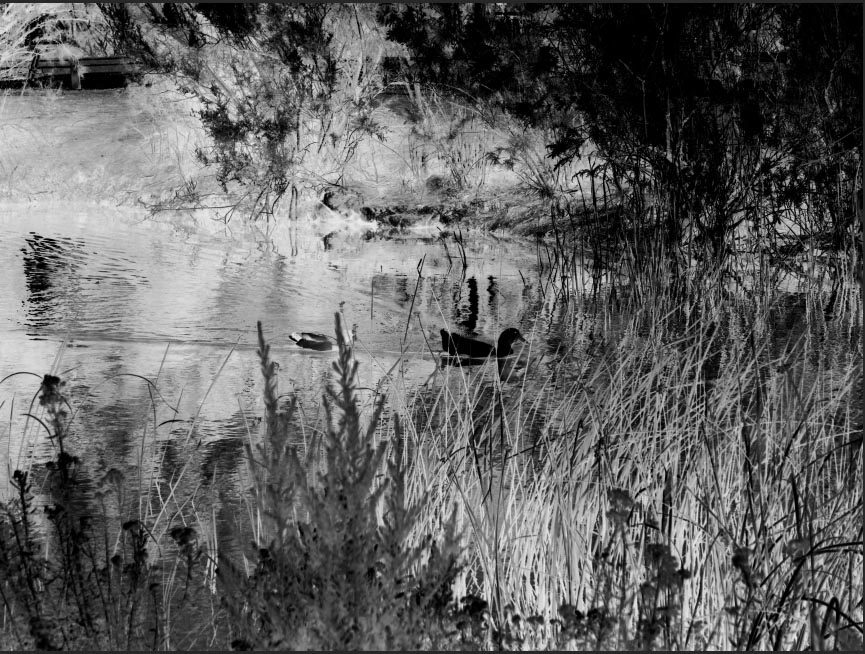People have different needs in their photo processing so my needs are not going to mesh well with those of some others, but personally I use PL for a number of reasons.
-
I don’t need, nor want, a DAM. It does not bother me that PL has the beginnings of one, but I have no need for one and do not see any such need in the future. If Dxo wishes to add a full functional DAM to PL it will not bother me at all except that it will take away time and talent from other functionality.
-
PL not only works well on my system, but it is very, very fast so I see no need for hardware acceleration. I am only using a MacBook Pro, so I do not even have a particularly fast system, but have no performance issues with PL.
-
Adjustments on my system show up very, very quickly, pretty much in “real time”.
-
I see nothing wrong with adding new functionality and, in fact, think that if PL does not keep up with the competition it will wither and die.
In my view there are only 3 top tier workflow tools on the Mac - LR, CaptureOne and PhotoLab. I have CaptureOne (version 11) and Lightroom CC, but I use PhotoLab because I consider it better than the other two, but I sorely miss built-in Luminosity Mask functionality in my processing. Lightroom and CaptureOne have it, only PL does not. The general rule is keep up with the competition or suffer the consequences.
Personally I would love to see luminosity masking added to PhotoLab and the sooner the better. Software that does not meet the needs and constraints of the market will fail and I think that the clock is ticking. Please bear in mind that I am not referring to my needs, but to the available functionality in competing software of the same quality.
Obviously YMMV.
 (Could’ve already used them several times…)
(Could’ve already used them several times…)